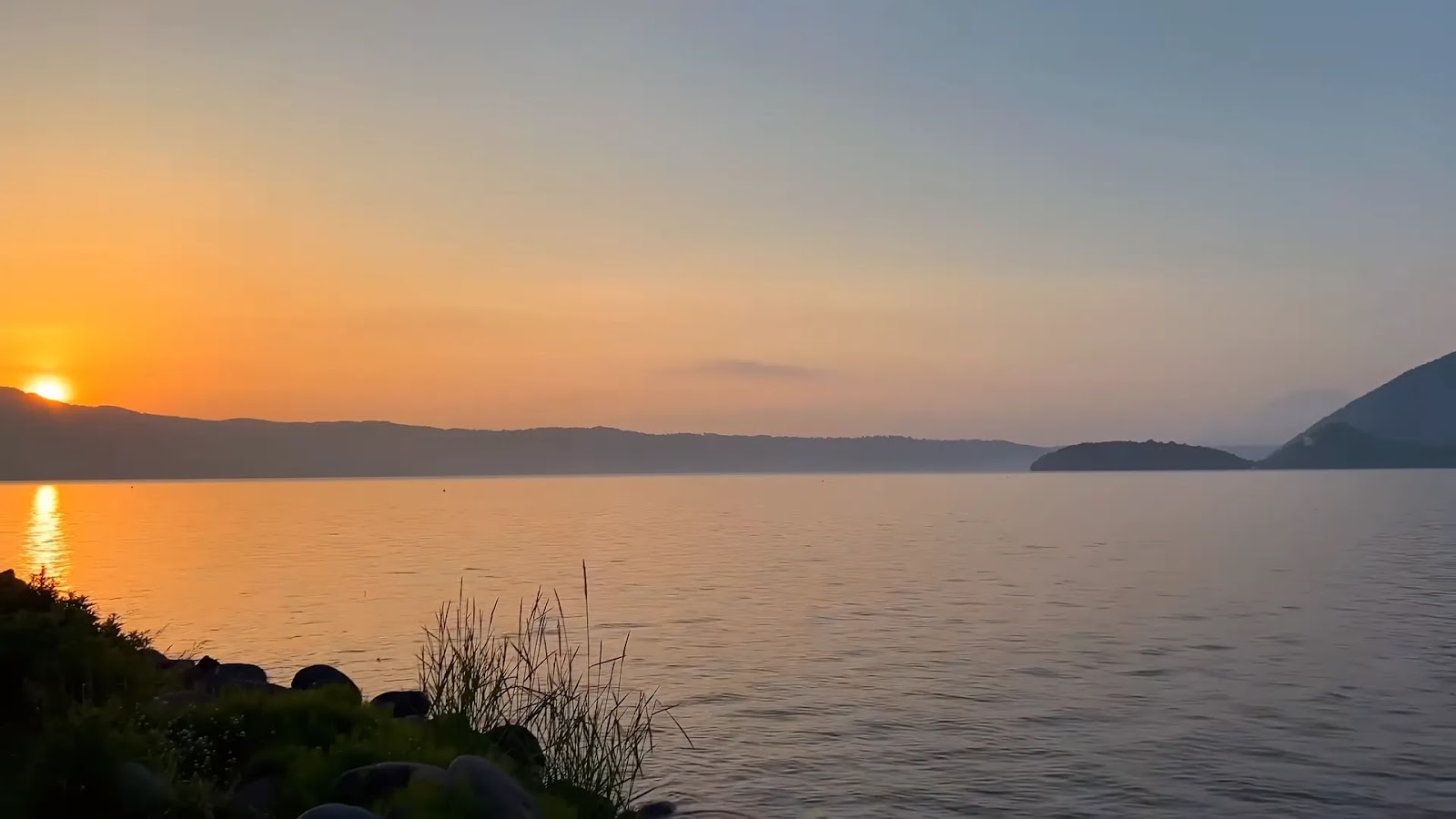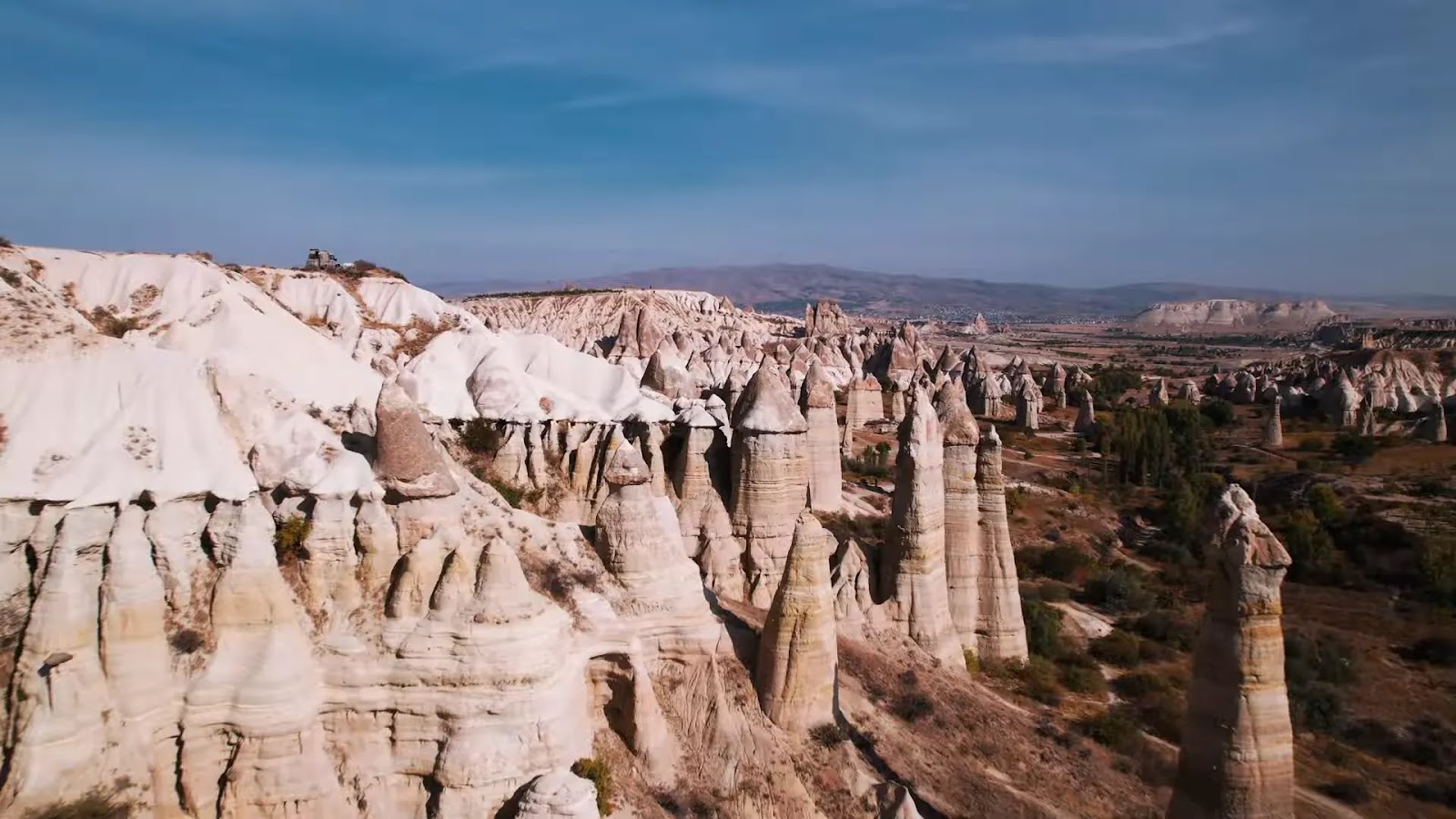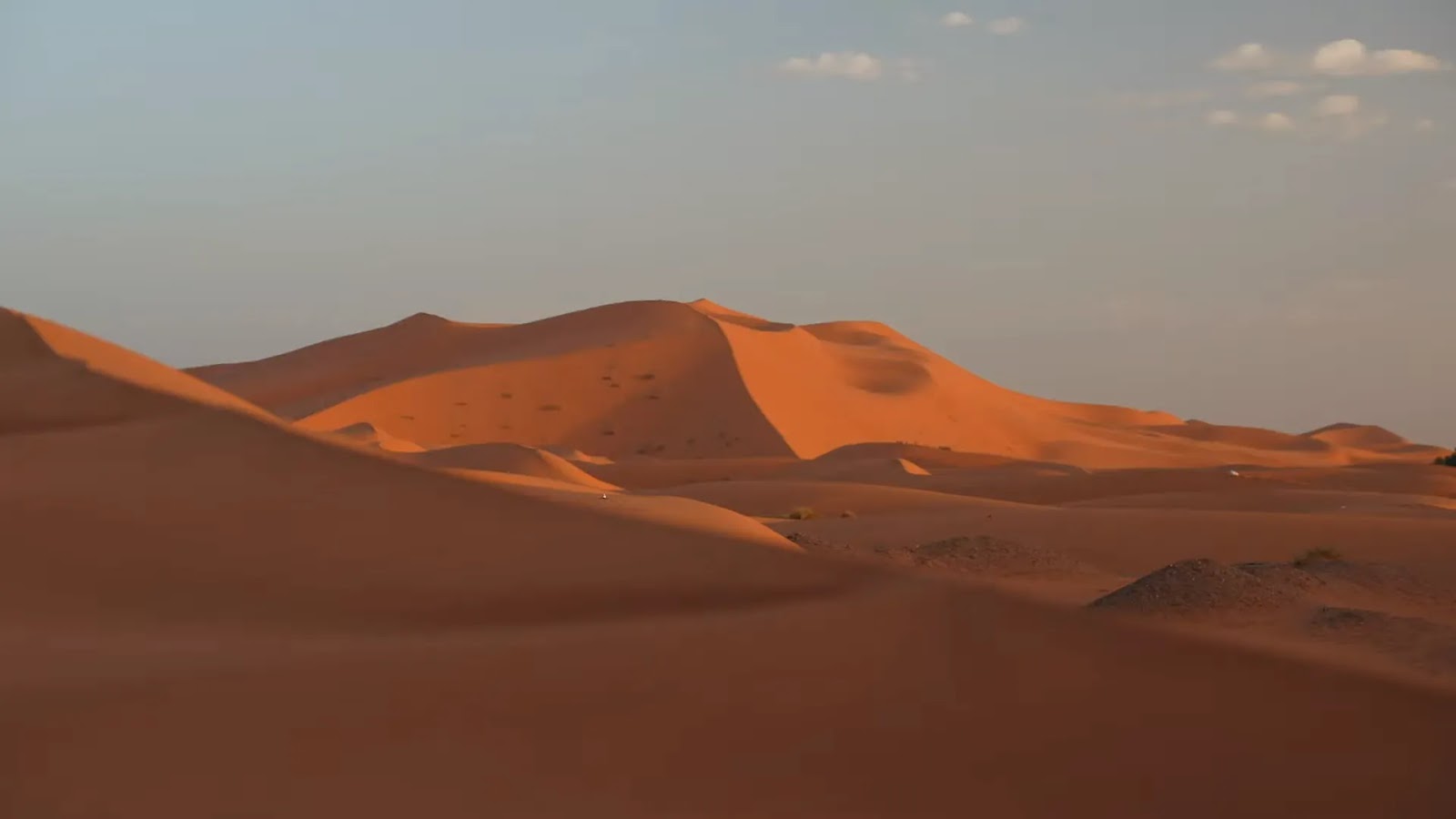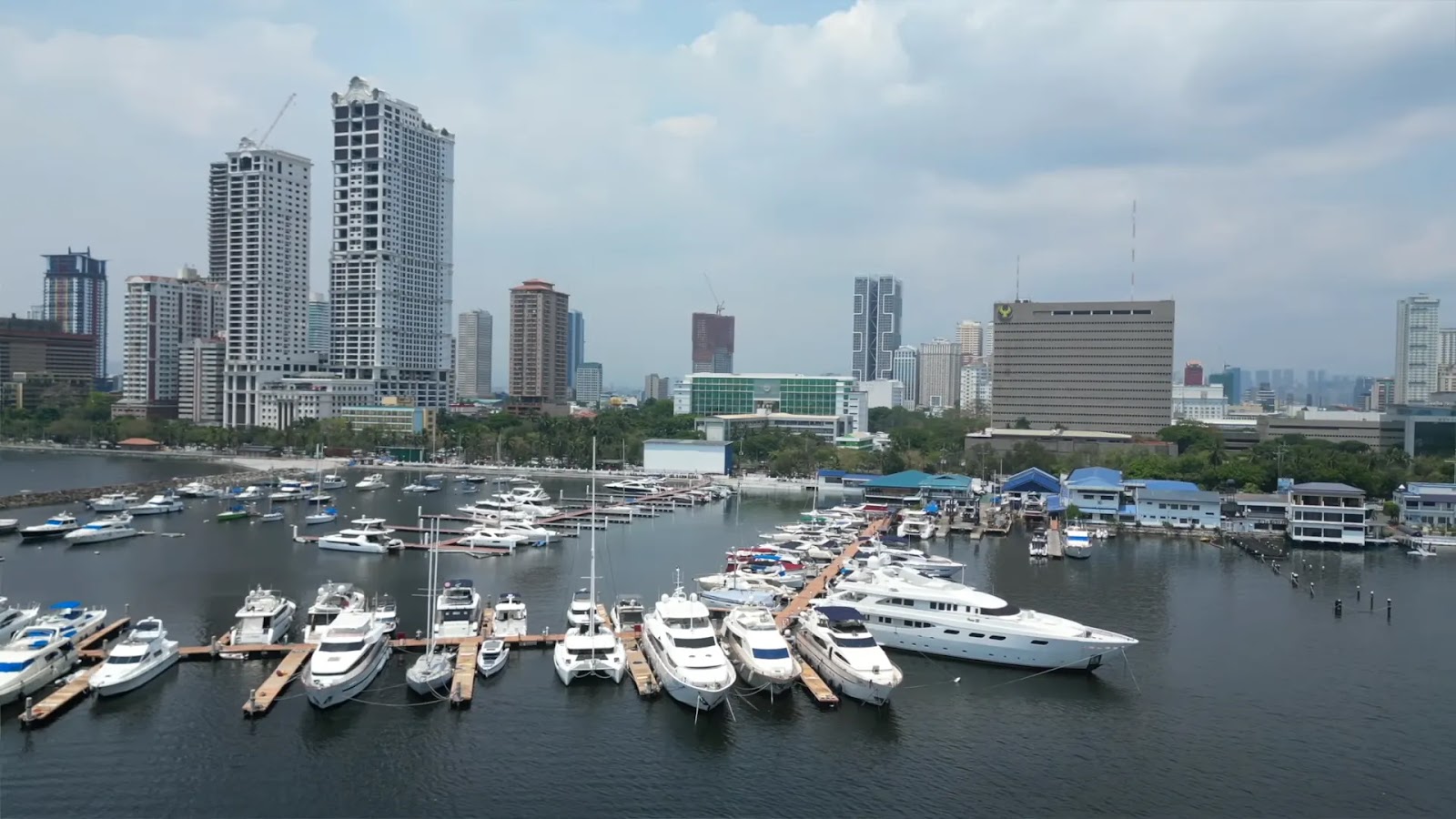Ultimate Banff National Park Travel Guide: Tips, Costs & Itinerary Ideas
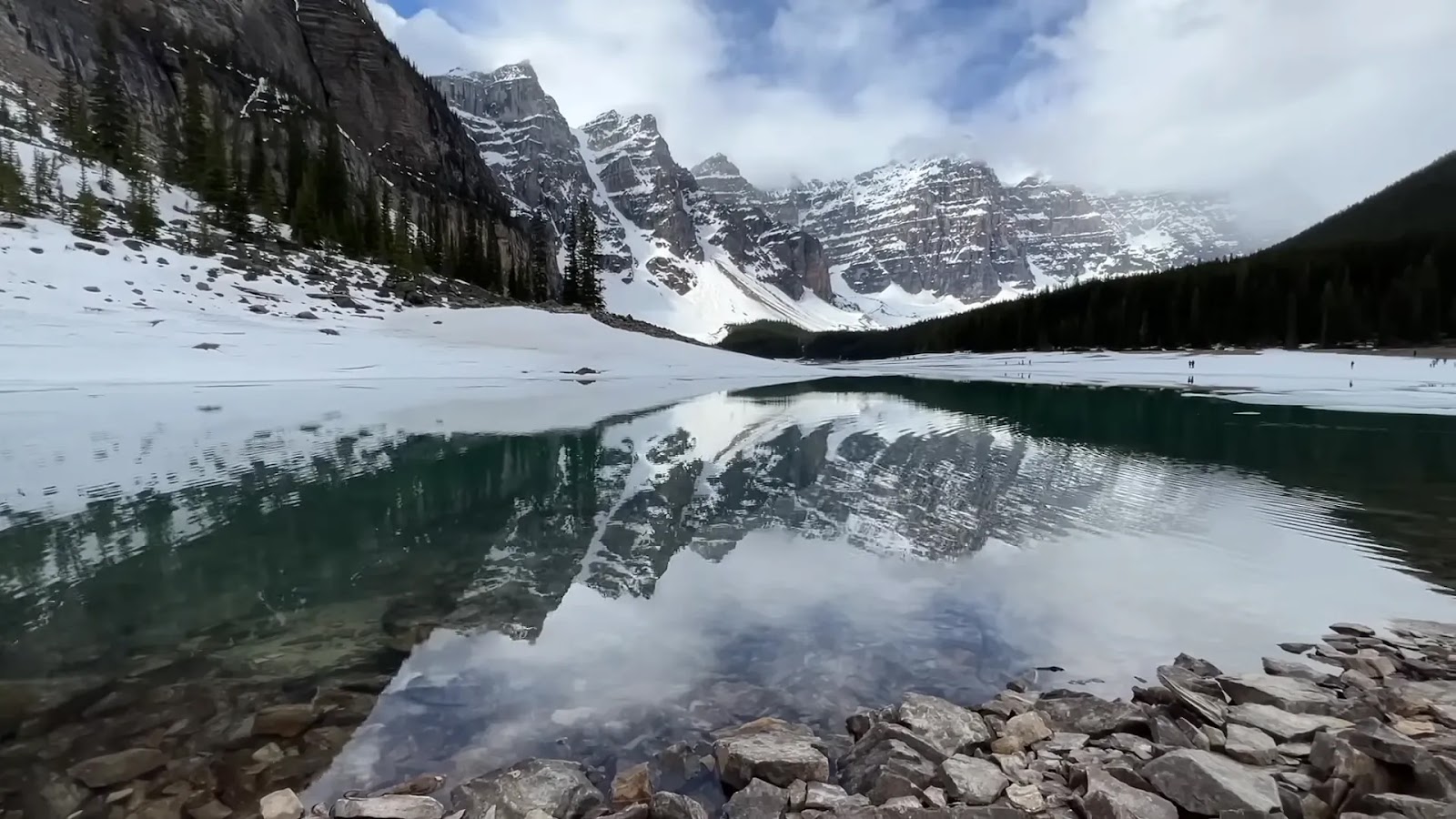
Planning Your Dream Banff National Park Adventure
Banff National Park, a jewel of the Canadian Rockies, offers breathtaking scenery, thrilling hikes, and unforgettable experiences. This guide will equip you with everything you need to plan your perfect Banff adventure, from choosing the right time to visit to budgeting and discovering hidden gems.
Best Time to Visit Banff National Park
While Banff's beauty is year-round, the ideal time to visit depends on your priorities. June to September offers warm weather, open hiking trails, and access to all attractions. However, these months also see the highest crowds and accommodation prices.
For a quieter experience with pleasant weather, consider September or early June. July and August are ideal for warm-weather activities, but expect higher costs and more visitors. November to March is perfect for skiing and winter sports enthusiasts.
- **June:** Pleasant weather, fewer crowds, but some trails may still be closed.
- **September:** Warm temperatures, similar crowd levels to June, and all summer attractions are still open.
- **July & August:** Warmest weather, all attractions open, but expect crowds and higher prices.
- **November - March:** Ideal for skiing and winter activities.
Navigating Moraine Lake & Lake Louise
Moraine Lake and Lake Louise are Banff's crown jewels, but their popularity requires careful planning. Moraine Lake is now closed to private vehicles, so consider the Parks Canada shuttle, Roam public transport, or private commercial buses.
For Lake Louise, arrive early (before 7-8 am) to secure parking, or utilize the same transport options as Moraine Lake. Booking transport in advance, especially during peak season, is highly recommended.
Accommodation & Transportation
Banff and Lake Louise offer a range of accommodation options, from cozy bed and breakfasts to luxurious lodges. Book well in advance, especially for summer travel. Consider splitting your stay between Banff town and Lake Louise to access different hiking trails and attractions easily.
Renting a car offers flexibility, but be prepared for potential parking challenges. The roads are well-maintained and easy to navigate. Public transport, particularly the Roam bus network, is a convenient and affordable alternative.
Hiking & Activities
Banff boasts an incredible network of hiking trails, catering to all skill levels. The Agnes Tea House hike offers a moderate challenge with stunning views and a rewarding tea break at the summit.
- **Easy Hikes:** Tunnel Mountain, Cascade Ponds, Vermillion Lakes.
- **Moderate Hike:** Agnes Tea House.
- **Scenic Walk:** Johnston Canyon.
For breathtaking panoramic views, take the Banff Gondola. Consider a Lake Minnewanka cruise for a relaxing experience on the water. The Glacier Skywalk offers a unique thrill, but consider its value compared to the many free scenic wonders Banff offers.
Budgeting & Essential Tips
A park pass is required to enter Banff and Jasper National Parks. Purchase a daily or annual pass depending on the length of your stay. Factor in accommodation, transport, activities, and food costs when budgeting.
- Visit the visitor centers for up-to-date information and trail recommendations.
- Purchase bear spray and familiarize yourself with bear safety guidelines.
- Book accommodations and transport well in advance.
Conclusion
Banff National Park offers an unforgettable experience for nature lovers and adventure seekers. With careful planning and this guide in hand, you're ready to embark on your dream Banff adventure. Share your Banff experiences in the comments below!

